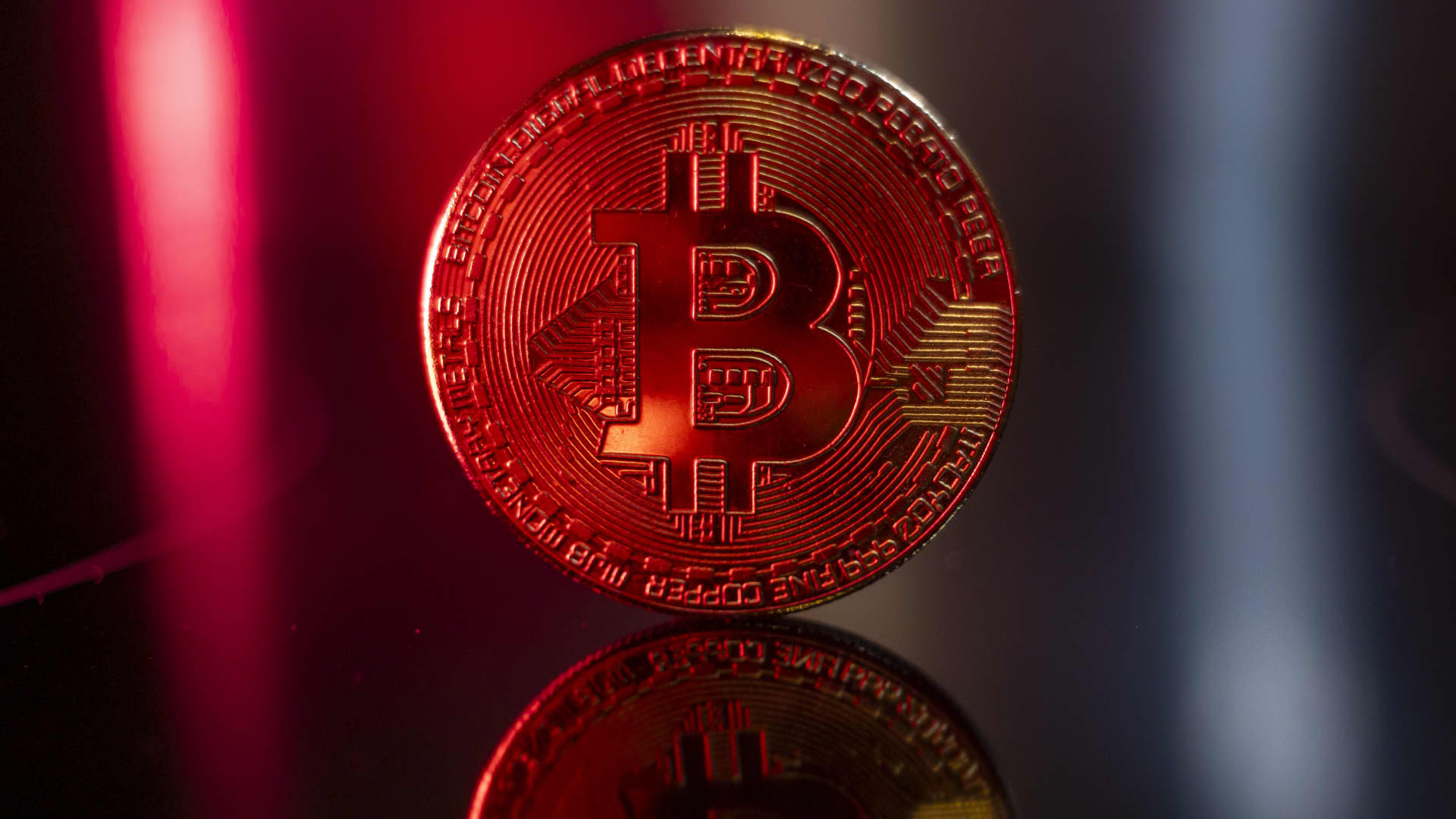Why Bitcoin Stalls Despite Billions in ETF Inflows: Key Insights Revealed

bitcoin‘s Market Dynamics: Institutional Demand vs. Whale Selling
The Current State of bitcoin and the Market
The cryptocurrency market has shown resilience, bouncing back from earlier lows this year, even as economic uncertainties and geopolitical issues persist. However, bitcoin‘s performance has been relatively subdued compared to the broader stock market recovery. Since the start of the year, bitcoin has struggled to break out of a narrow trading range, only briefly surpassing its previous all-time high of nearly $112,000. Despite significant inflows into bitcoin exchange-traded funds (ETFs), the cryptocurrency’s price has only seen a modest increase of about 2% this month.
Institutional Interest in bitcoin ETFs
Recent data indicates that bitcoin ETFs have experienced a remarkable streak of inflows, marking 12 consecutive days of positive movement and positioning for a ninth week of inflows in the last 11 weeks. This trend highlights the growing institutional interest in bitcoin, even amid ongoing market volatility. In total, these funds have attracted approximately $3.5 billion in new investments this month, showcasing a strong appetite for bitcoin among institutional investors.
The Role of Whales in bitcoin Pricing
Despite the influx of institutional capital, the overall demand for bitcoin appears to be tempered by the behavior of larger holders, often referred to as “whales.” According to Markus Thielen, CEO of 10x Research, many early investors are opting to hold onto their bitcoin, anticipating a more favorable selling environment as they wait for larger buyers, such as ETFs and corporate treasuries, to enter the market. This shift in ownership dynamics is crucial, as it impacts the overall demand for bitcoin.
Data from CryptoQuant reveals that wallets containing between 100 and 1,000 Bitcoins have been the most active buyers this year. In contrast, larger wallets, classified as whales (holding 1,000 to 10,000 Bitcoins) and megawhales (holding over 10,000 Bitcoins), have predominantly been net sellers. Retail investors, who typically hold less than one bitcoin, have also contributed to selling pressure.
The Impact of Wallet Dynamics on bitcoin Prices
Thielen explains that as long as the buying activity from the 100-to-1,000-bitcoin holders continues to outpace the selling from larger wallets, bitcoin‘s current price stability may persist. However, if the trend reverses, it could lead to a decline in momentum and a potential stall in any price rally.
Historically, wallets with 1,000 to 10,000 Bitcoins have been classified as whales. However, with the rise of bitcoin ETFs and corporate treasury investments, the number of smaller holders—referred to as “dolphins”—has increased. Institutions like BlackRock and MicroStrategy have diversified their holdings across numerous wallets, complicating the traditional classification of bitcoin holders.
The Influence of Chinese Miners on bitcoin Supply
A significant portion of bitcoin‘s supply is believed to be held by miners in China, who accounted for a substantial share of the global hashrate from 2013 to 2021. It is estimated that these miners have retained control of between 5 million to 11 million Bitcoins. Unlike previous market peaks, where dormant wallets would become active and sell their holdings, current trends suggest that these wallets are remaining inactive, only releasing bitcoin in amounts that can be absorbed by institutional buyers.
Future Outlook for bitcoin
While MicroStrategy remains a leading corporate buyer of bitcoin, its pace of acquisitions has slowed compared to last year, influenced by a narrowing stock premium and increasing competition among corporations adopting bitcoin as a treasury asset. Thielen warns that if the selling pressure from megawhales intensifies, it could lead to a more significant market correction. Conversely, if selling eases and accumulation by whales increases, a new upward price movement could be on the horizon.
At present, the market shows a slight bearish sentiment, suggesting that a breakout is unlikely without a notable shift in trading dynamics. Until such a change occurs, a period of consolidation in bitcoin‘s price is anticipated.







